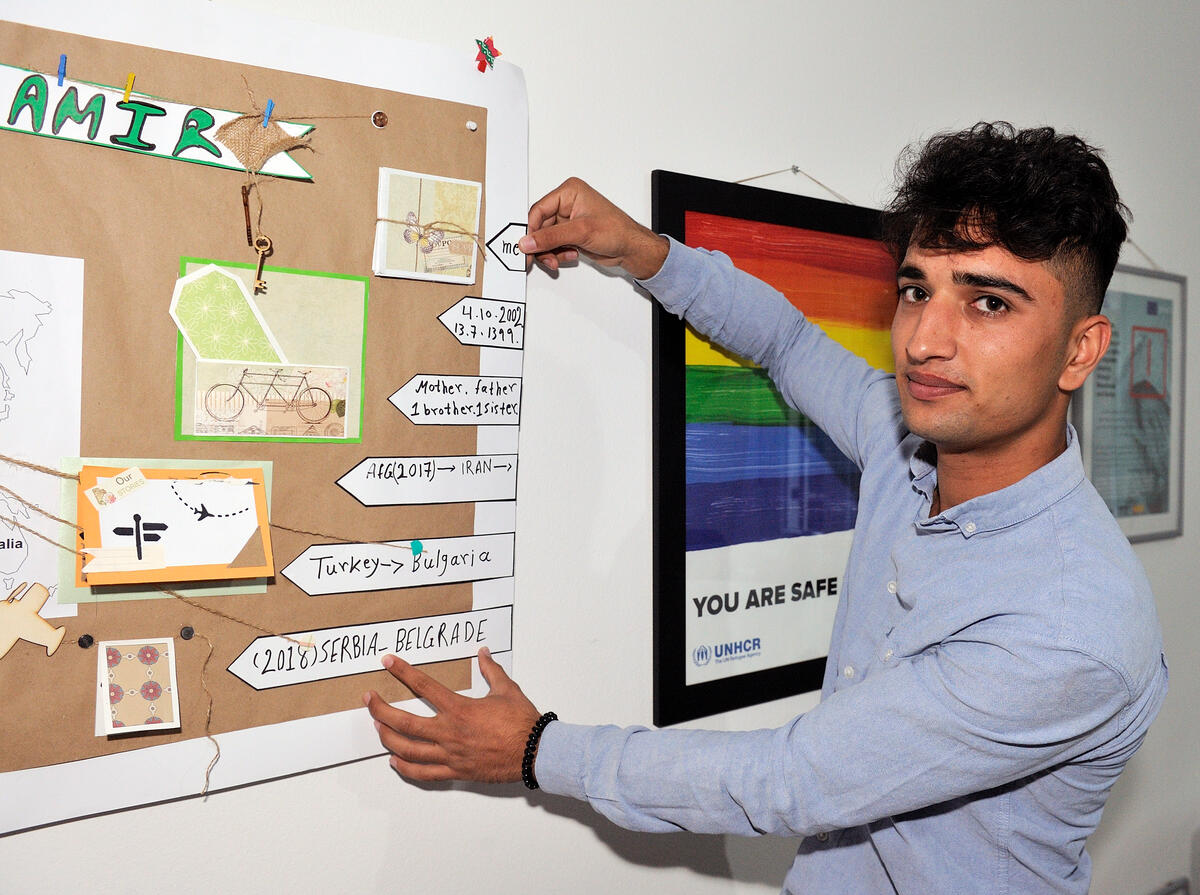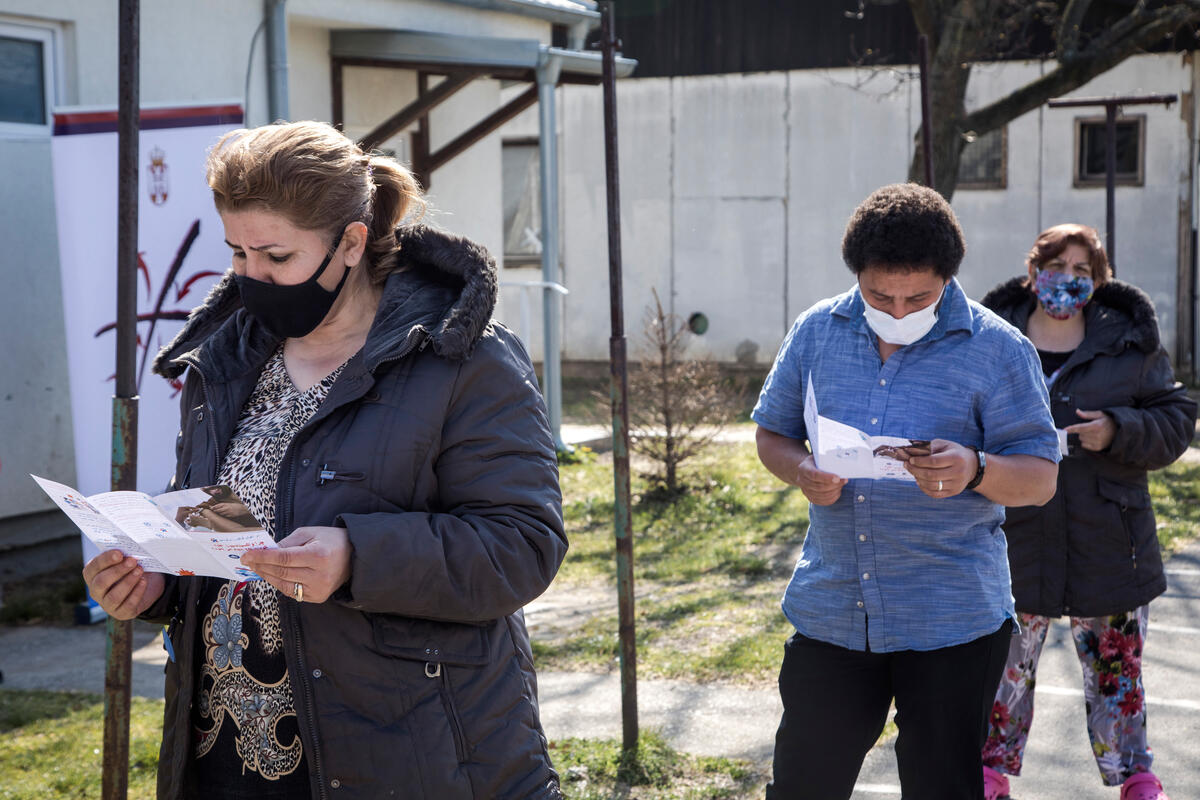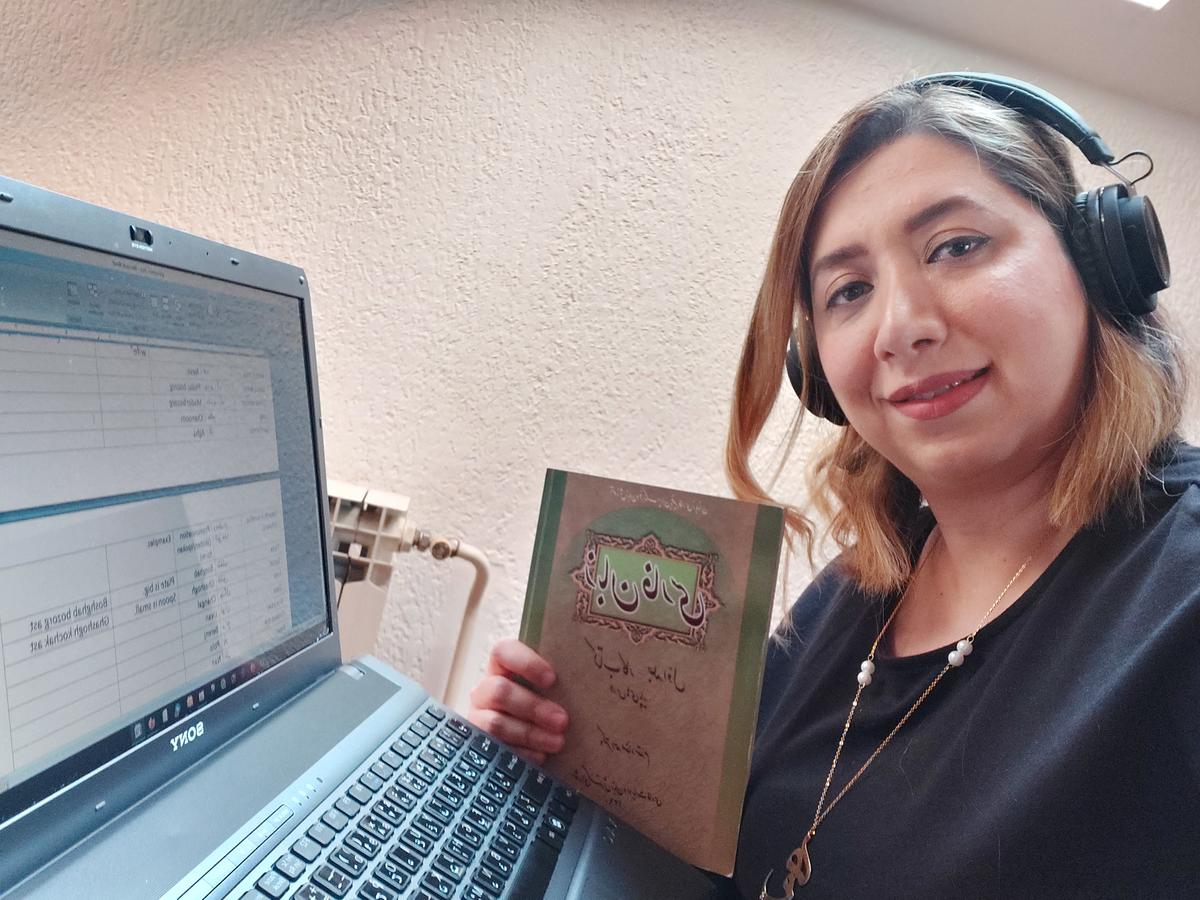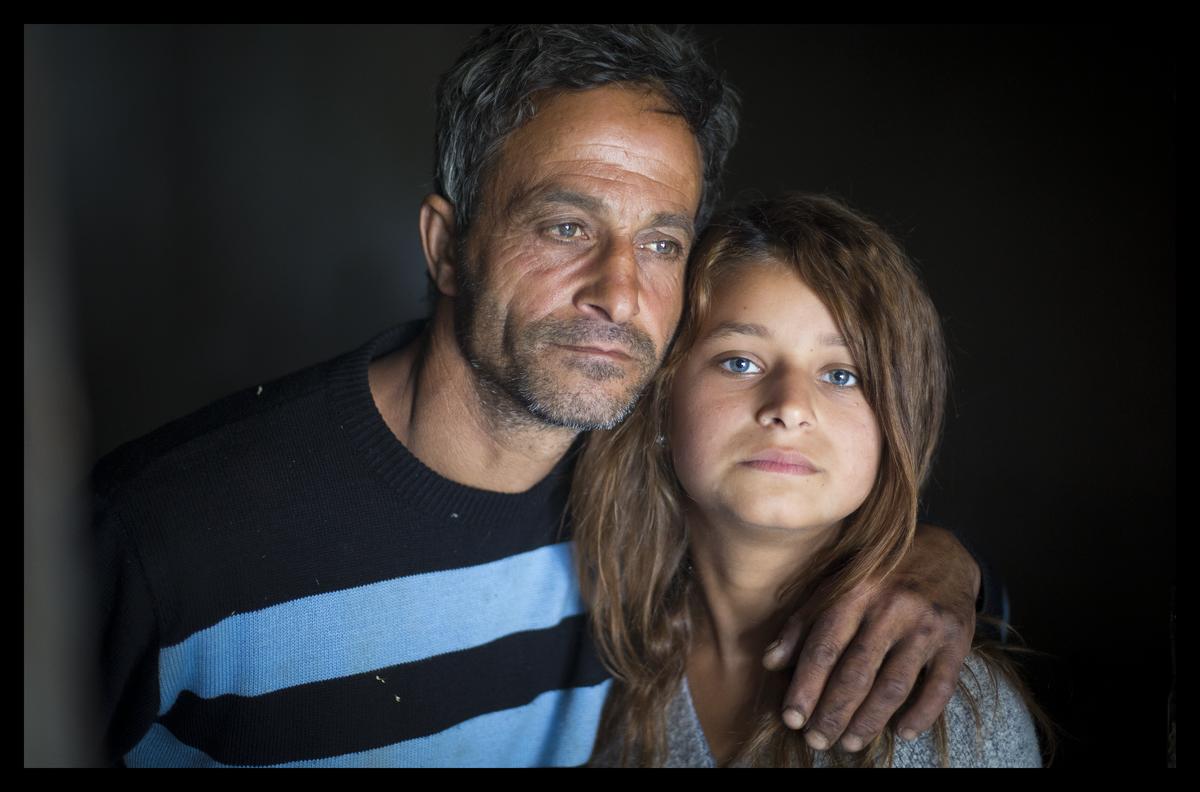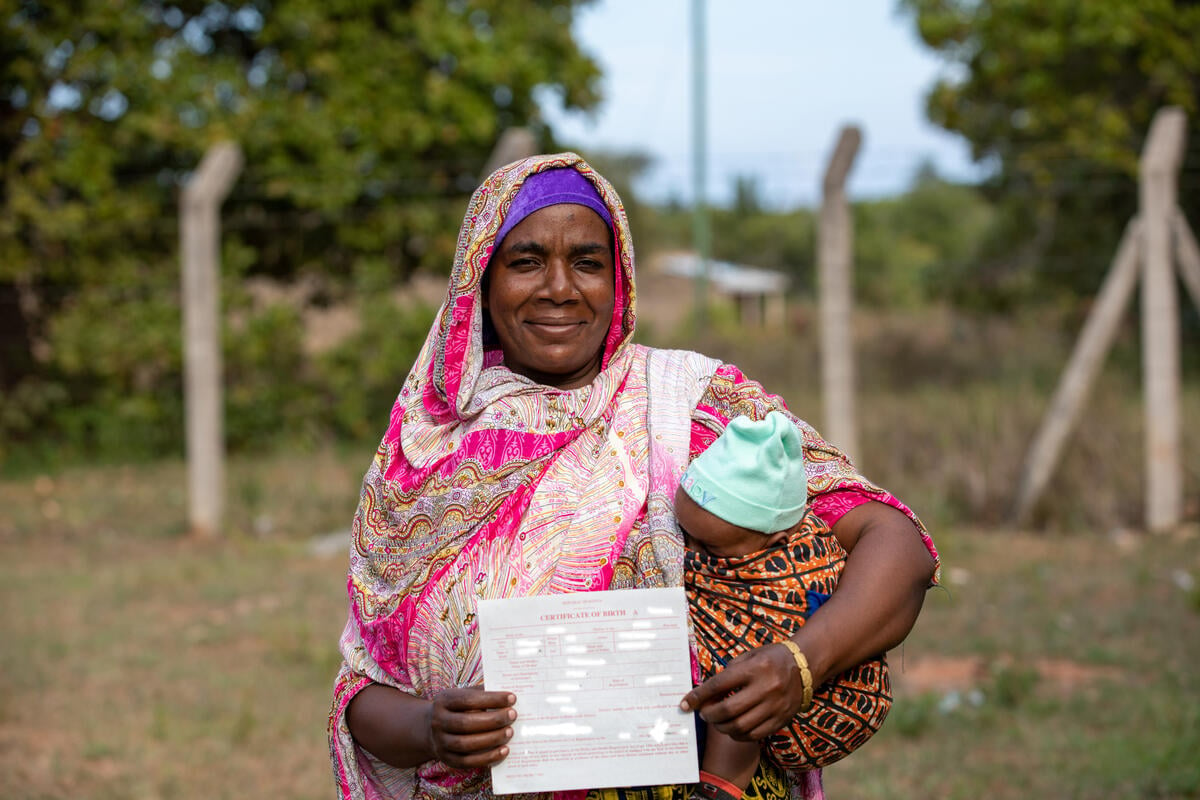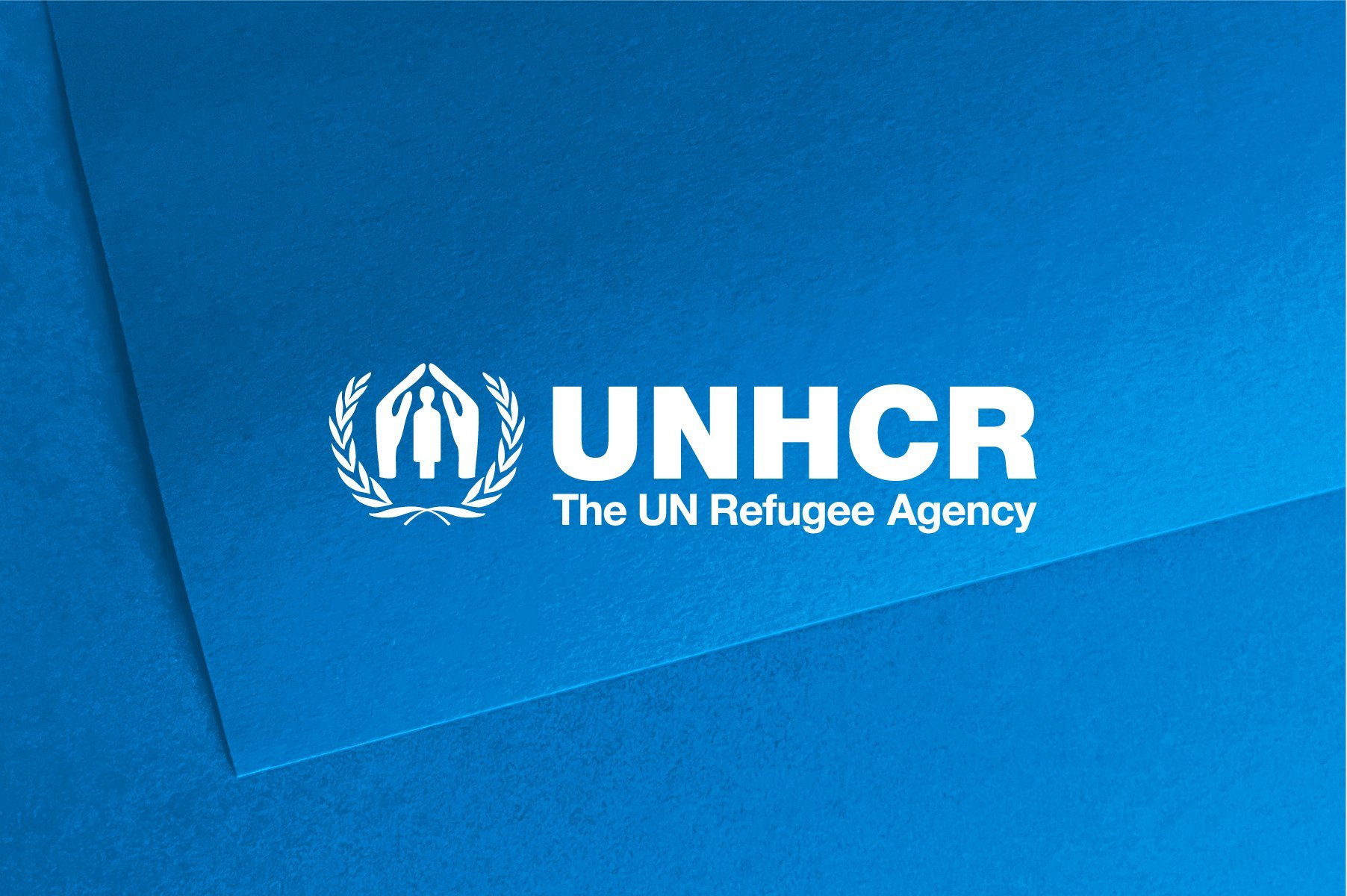Kosovo Crisis Update
Kosovo Crisis Update
Assistant High Commissioner Søren Jessen-Petersen has received assurances from the Kosovo Liberation Army leadership of full cooperation in UNHCR's relief programme in Kosovo.
The KLA also told the AHC that it will caution refugees in the asylum countries against rushing to return to Kosovo until the province is declared safe by KFOR, the international security force deployed there.
While UNHCR wants the refugees to return soon, it feels that they must go back safely. This message is contained in UNHCR's information campaign in the asylum countries. Many parts of Kosovo remain insecure, the withdrawal of Yugoslav troops is still underway and there has been no thorough survey of the landmines and unexploded ordnance which litter the countryside. UNHCR hopes that the situation will improve quickly so that organized returns may begin soon.
Responding to Jessen-Petersen's statement that it would be a pity if peace in Kosovo began with an exodus of Kosovo Serbian civilians, the KLA also said its members will act with restraint in dealing with the local Serbian population. The KLA said it will let the international criminal tribunal deal with those suspected of having committed war crimes or crimes against humanity.
During a three-day visit in Albania, Jessen-Petersen also met with Albanian government officials.
On Thursday, he expressed gratitude to the Albanian President for hosting the Kosovar refugees. He said that UNHCR will help mobilize economic assistance to both Albania and the FYR of Macedonia to address the impact of the presence of refugees in the two countries.
Jessen-Petersen returned Friday to Geneva after a weeklong trip that earlier took him to the FYR of Macedonia.
Kosovo
A UNHCR team on an aerial survey on Thursday reported widespread destruction in western Kosovo with up to 40-50 percent of the houses reduced to rubble and the key towns of Djakovica and Pec - previously home to more than 130,000 people - deserted.
UNHCR's shelter coordinator said it would need a major effort to provide accommodations for the returnees and keep them warm in the coming winter.
The team, led by UNHCR's Special Envoy Dennis McNamara, set out around midday from Pristina aboard a helicopter provided by KFOR, the international security force in Kosovo, and flew west toward the Albanian border town of Kukes.
There were few people on the road between the south-western town of Prizren and Kukes, but the team saw a two to three kilometre queue of vehicles heading for Albania, apparently to pick up family members left there. There was also a similar column of vehicles heading into Kosovo from Kukes. Unlike the previous day, the flow of vehicles on the road looked orderly with KFOR soldiers directing traffic.
The area between Djakovica and Pec appeared devastated and empty. Djakovica used to be a lively commercial centre with a pre-war population of 61,000; Pec was a cosmopolitan town of 68,000 at the foot of the Mountain of the Damned on the route to Montenegro. Damage was extremely heavy in the region between the two towns which traverses Decani municipality.
There was also evidence of displaced stragglers coming down from the hills. The team could see improvised shelters the IDPs had constructed in the remote valleys where they had stayed during the war.
McNamara said later UNHCR is calling seven mine clearance teams from Bosnia to begin demarcation of possible minefields. He said KFOR has reported there is a lot of unexploded ordnance in Kosovo and has given UNHCR a map of minefields as well as the roads which so far have not been cleared for travel.
Meanwhile, UNHCR and WHO have expressed a need for more medical staff. UNHCR is sending messages to asylum countries to identify Kosovo professionals needed to rebuild the country - doctors, engineers, administrators, judges and lawyers. UNHCR had a similar programme in Bosnia, where it tried to facilitate returns of professionals needed in the rebuilding process.
FYR of Macedonia
More than 7,000 refugees from the FYR of Macedonia returned to Kosovo on Thursday, driving their vehicles and tractor-wagons, across the official crossings. There was a long queue of 180 vehicles at the main immigration control point at Blace at noon.
Over the past three days, a total of 13,500 refugees have returned to Kosovo from the FYR of Macedonia.
Earlier Thursday, KFOR troops took two men wounded in an attack Wednesday night on the Kosovo side of the border to the clinic at the Blace transit centre. One was a returnee. There were no details of the attack, but the men had gunshot and shrapnel wounds.
Also on Thursday, UNHCR sent an assessment team from Skopje to Urosevac, 30 kilometres north of the border inside Kosovo. The team reported war damage was about 10 percent and mainly to government buildings. There was also a large number of people in the area.
The team saw 700-800 Serbian civilians driving cars out of Urosevac and apparently heading for Serbia in an orderly fashion.
UNHCR also continued its supply pipeline from Skopje to Pristina, with a convoy loaded with aid from various agencies.
Albania
Around 14,000 refugees left the northern Albanian border town of Kukes on Thursday, bringing the overall count of departures in the past three days to 37,000.
Cap Anamur camp has been shut down and the UAE camp is almost empty. UNHCR plans to consolidate the remaining 11,000-12,000 refugees from the three other camps with declining populations at the UAE facility. They represent about one third of the original camp population in Kukes.
On Thursday, UNHCR began distributing to those going back food for 30 days, jerry cans, blankets, plastic sheeting. A spot survey of 79 vehicles showed many of the people leaving were heading for Prizren and the rest to Urosevac, Glogovac and Lipljan. Some of those going to Prizren say they will stay there and see how situation shapes up in their villages.
Republic of Montenegro
Around 800 Serbian civilians arrived in the Montenegrin border town of Rozaje on Thursday. So far, nearly 19,000 Serb civilians have left Kosovo since the June 9 signing of a military arrangement implementing the peace agreement on Kosovo.
On Thursday a group of Serbian civilians in 10 cars attempted to go back to Pec, but turned back after police reported that a 16-year-old Serbian boy was shot and killed at Kula, site of the first checkpoint into Kosovo that was reportedly now manned by the Kosovo Liberation Army.
Around 1,000 Serbs who arrived in Montenegro earlier in the week have gathered at Barane seeking to go back after talking with the Italian KFOR contingent in Pec.
UNHCR-IOM Humanitarian Evacuation Programme
A total of 694 refugees in the FYR of Macedonia left on Thursday under the humanitarian evacuation programme of UNHCR and the International Organization for Migration, bringing the overall count to 87,850.
Destinations were Canada, Croatia, Ireland and the United States.


